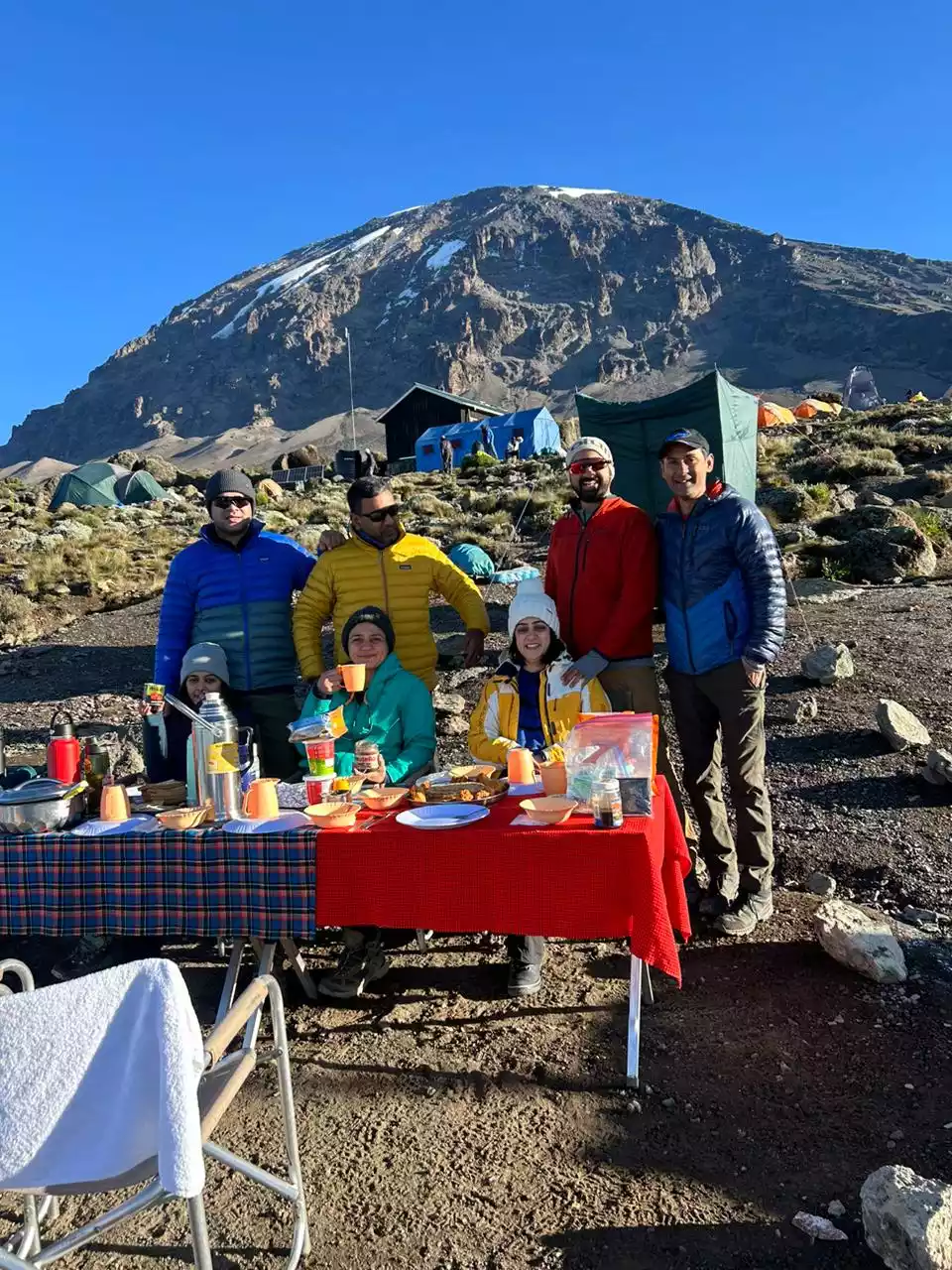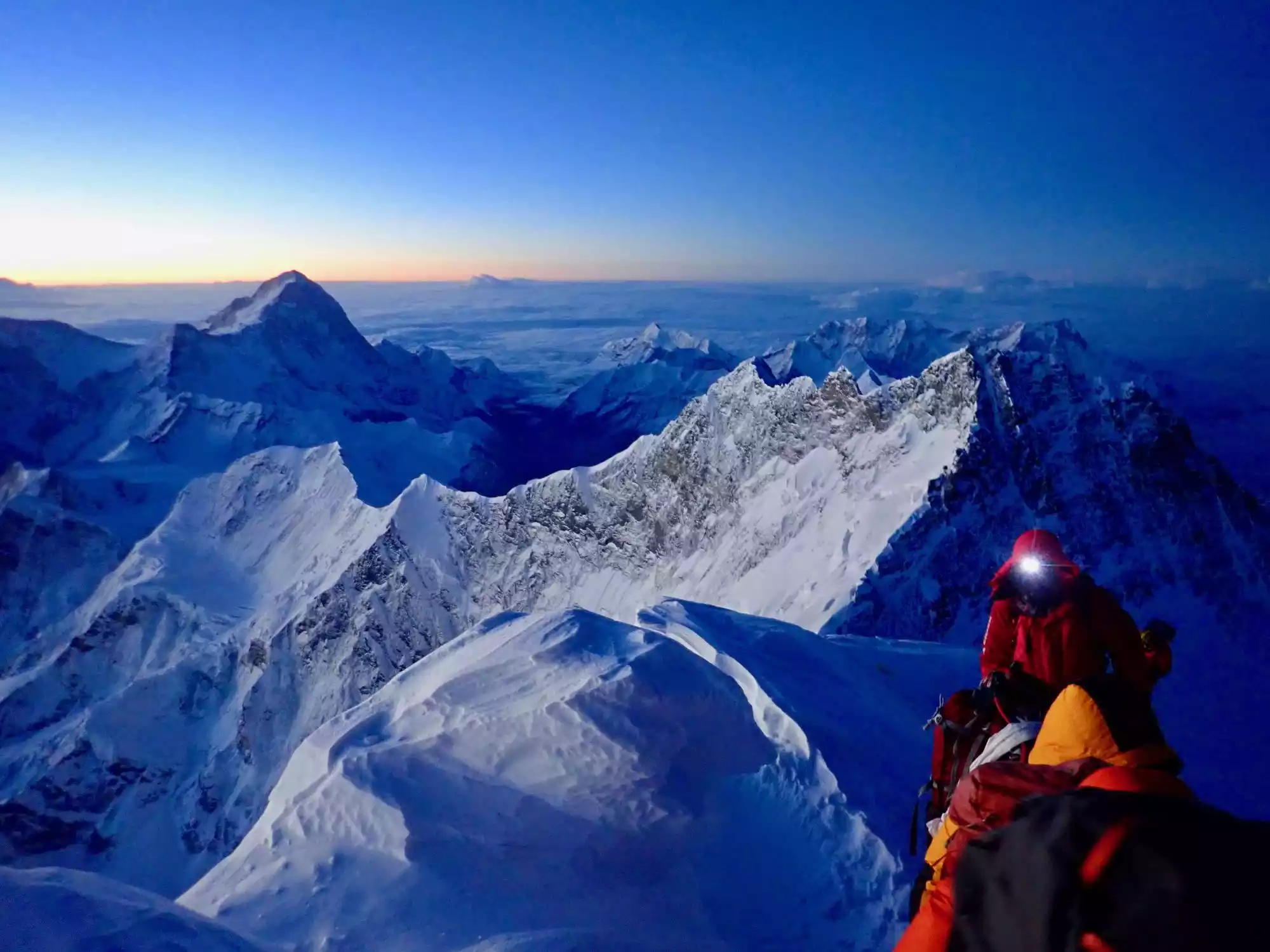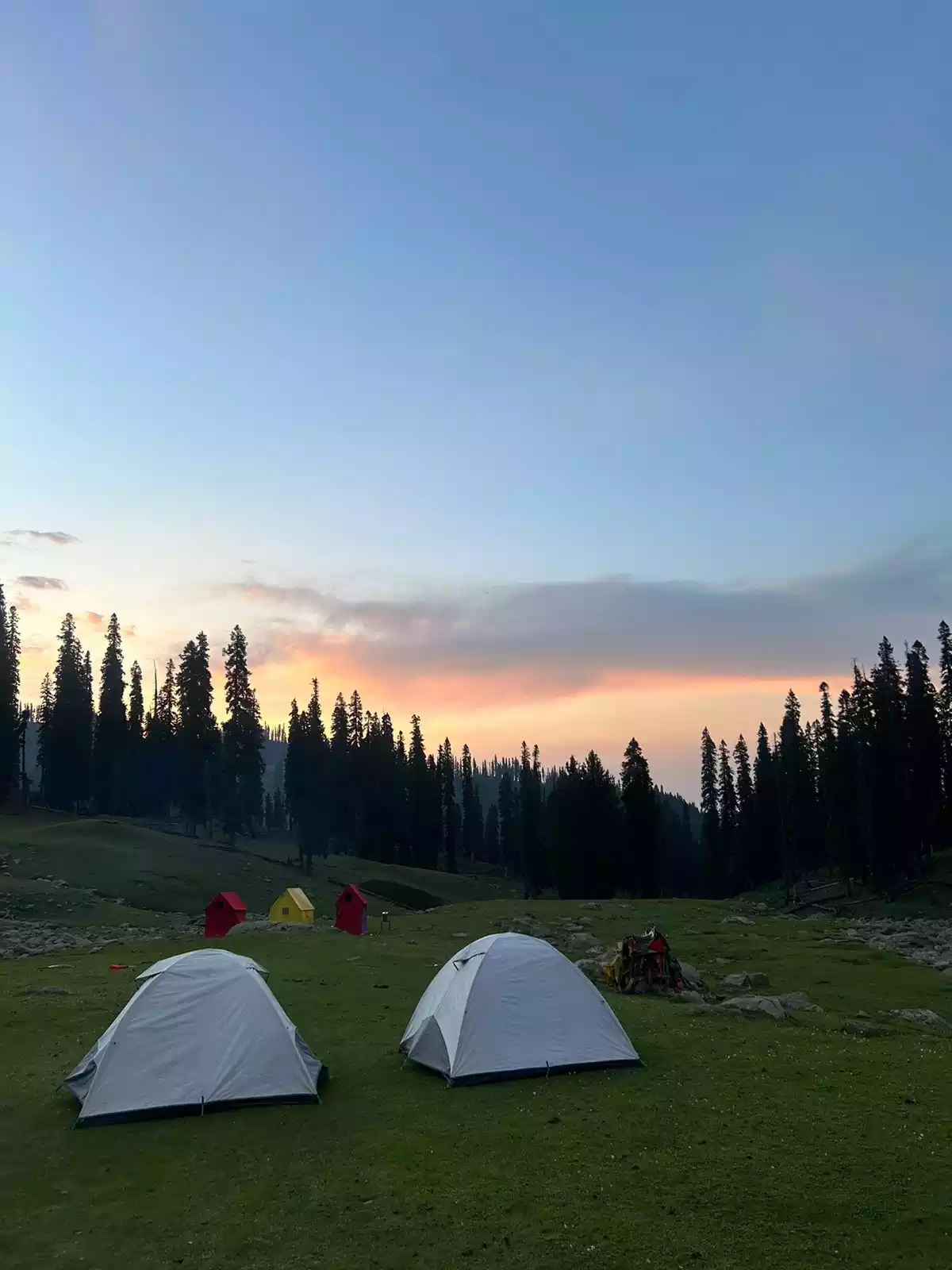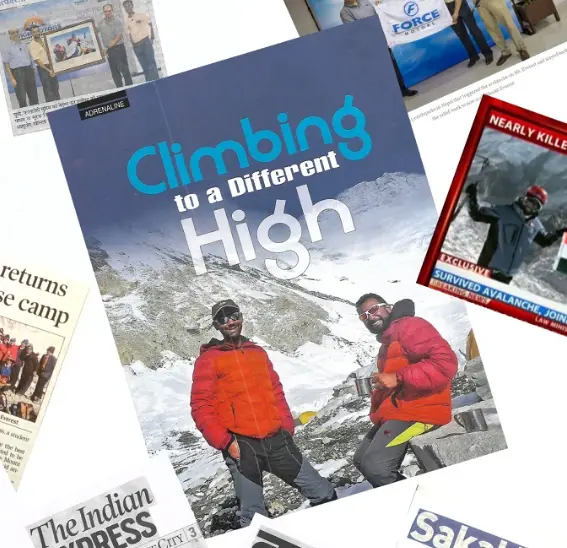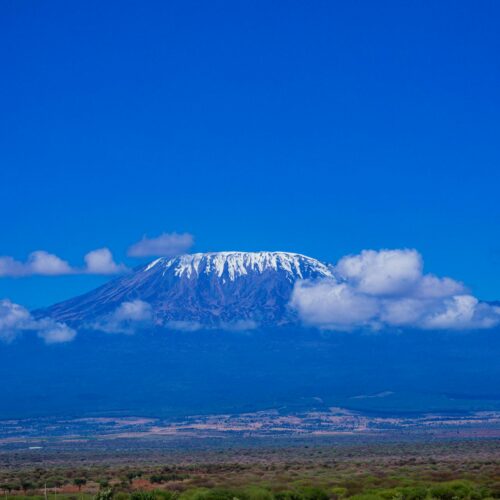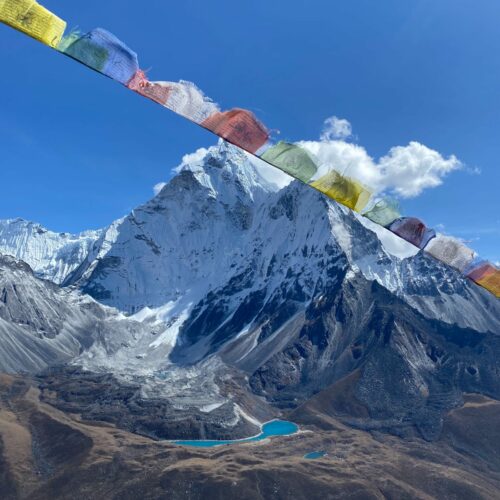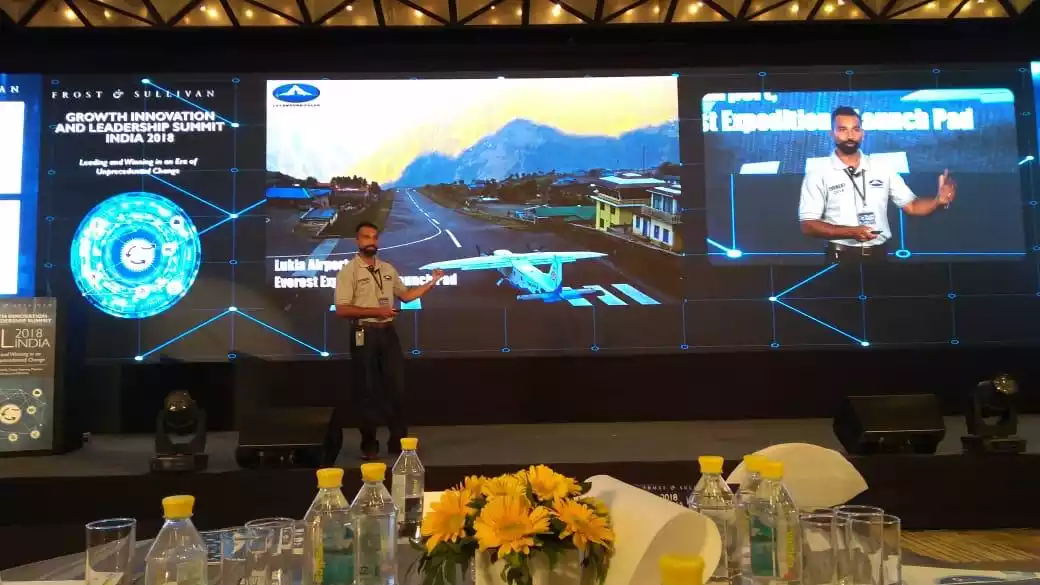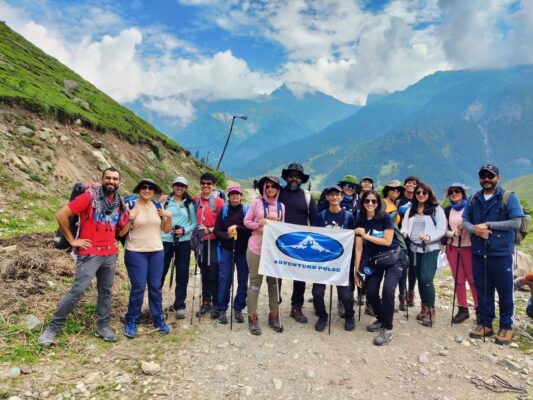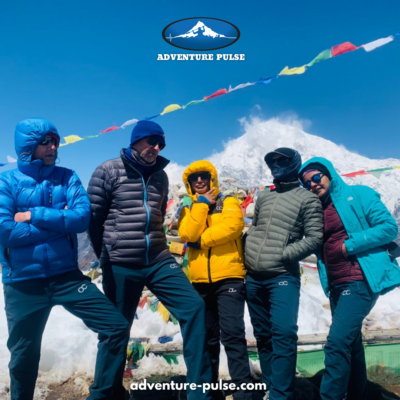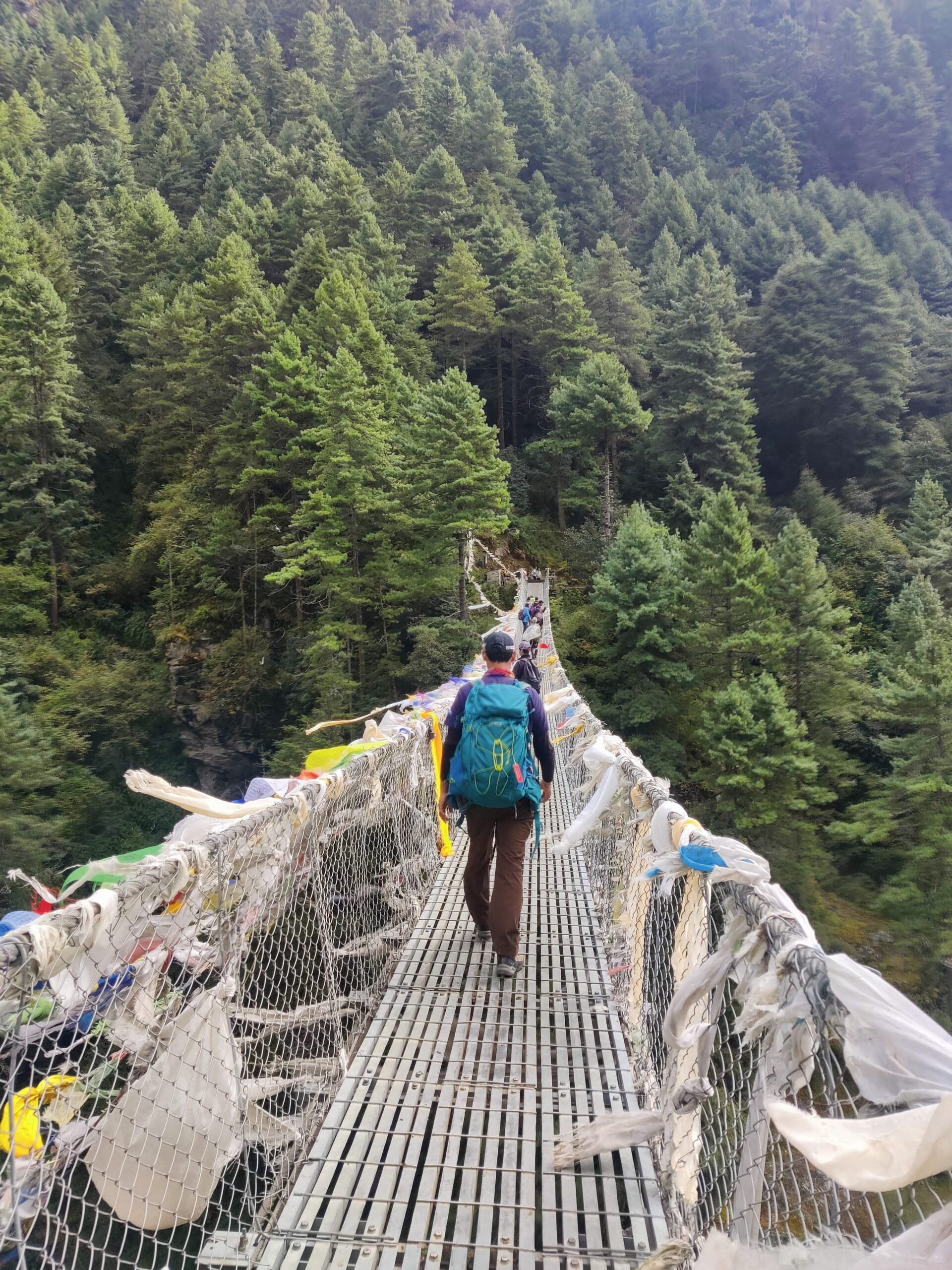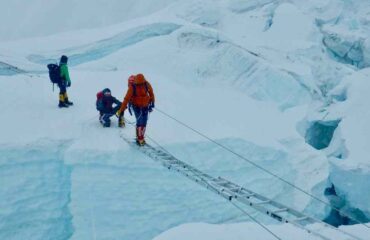
Trekking and Hiking like any other sports are not devoid of risks. Be it a local trek to Andharban or the high mountains on the Everest Base Camp trek, the risk for injury exists. At Adventure-Pulse, our guides are trained in Outdoor First Aid and are qualified to treat injuries and illnesses. However, the most common injuries are the minor ones. Having taken more than a 1000 people from all ages and walks of life to the high mountains, on rock climbing adventures and more, we thought we’d mention the most common injuries that we see on while trekking and how to tackle them.
The most common types of injuries we see on treks of all magnitudes are mostly minor injuries that can be treated easily and rarely require serious medical attention.
1. Blisters
Ahh, Blisters, our favourite type of squishy growth with puss. Blisters on the feet are the most common injury we see on all treks. On long trek such as the Everest Base Camp trek, treating blisters is our favourite pastime. Blisters usually develop as the boots and socks move; the harder outer layer of your skin moves more than the softer inner layers. This creates a gap between the layers where with friction and heat puss collects thus forming a blister. Blisters are by far the most annoying injury that can occur while trekking. Luckily, there are foolproof ways to mitigate the risk of developing them.
- Wear boots that fit properly. The best way to prevent blisters to wear shoes that do not allow your foot to move around a lot while in the boot. Our guide on buying the best hiking shoe.
- Break your shoes in: Before you head off for a trek you need to wear the shoe and break them in by walking short distances in them until the leather and Kevlar become softer.
- Clip your toenails: This prevents pressure from building on the front of the shoe.
- Wear proper moisture-wicking socks: moisture is your foot’s worst enemy
- Make sure your feet are clean before wearing your socks as dirt can aid the friction
- Use some moisture-wicking powder to soak the sweat.
To burst or not burst blisters?
This is a question that does not have a straight answer. If the blister is small and not a hindrance while walking, there is no need to burst it, just clean it with some disinfectant.
If it’s a large blister and is prohibiting you from walking, then, it must go. The best way to pop a blister is to get a pin and disinfect it well. This can be done using some alcohol wipes. Prick the blister gently and usher the puss out. Treat the popped blister with some ointment and cover it.
2. Ankle Twist/ sprain
Imagine you’re walking through the beautiful vistas on The Kashmir Great lakes Trek and suddenly you trip on the smallest of stones and you twist your ankle. Personally, that is the most painful type of injury that can happen. Sprained ankles and knees are one of the most common types of injuries in the mountains. Most ankle twists are usually very minor (in our experience) and usually subside in a couple of minutes. Boots with a high ankle are necessary to mitigate the risk of twisting an ankle.
If you twist your ankle and are in tremendous pain, it is almost inevitable that it will swell up and that could mean something bad. To treat an ankle sprain or fracture on a trek requires a qualified and trained guide with an outdoor wilderness first-aid certification (Something you should check with your trek leader/trekking organization before a trek).
Treating sprains and fractures is beyond the scope of this article, but it’s important to remember the basics of RICE. Rest, Ice, Compression and Elevation.
After an accident, the first thing is to suspend all further activity and rest your foot, followed by applying ice to the affected area to combat the swelling. Compressing using a crepe bandage is the next step followed by elevating it above the heart.
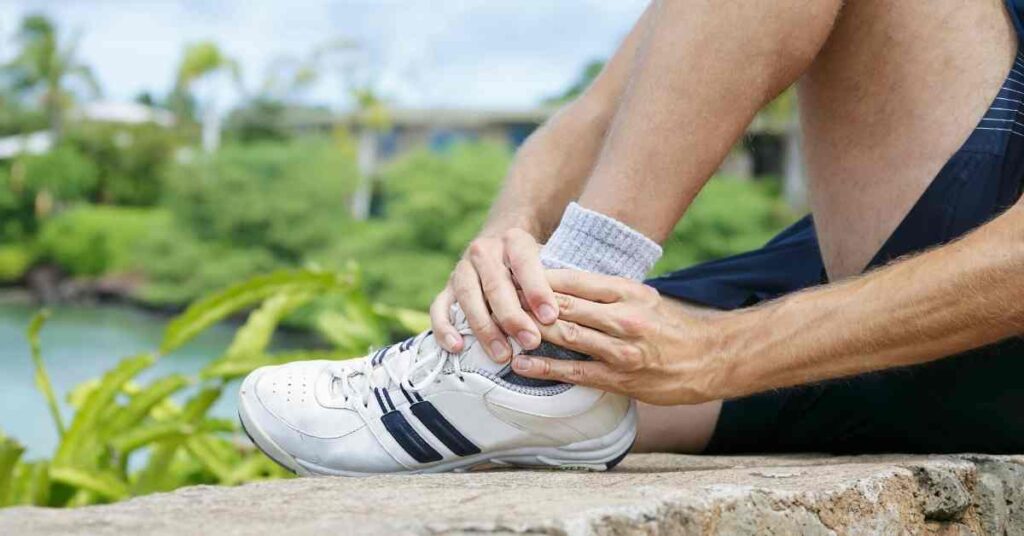
3. Altitude-related Sickness
On trek higher than 3000m, altitude-related sickness in the form of Acute Mountain Sickness or Mountain Sickness is very common. As the altitude increases, the availability of oxygen decreases. To counteract this, your body needs to produce more red blood cells. AMS or Acute Mountain Sickness occurs when your body does not have time to adjust to that change. You can read more about AMS here.
By far the best method to prevent AMS is through a process known as acclimatization however, Drugs such as Diamox are effective at reducing the symptoms.
Acclimatization is the process in which an individual adjusts to a change in its altitude, allowing it to maintain performance across a range of environmental conditions.
Some basic principles for acclimatization are:
- Don’t gain altitude too fast i.e. maintain a slow pace while trekking at high altitudes
- Avoid exerting yourself for the first 24 hours at a high altitude
- Take one acclimatization or rest day for roughly every 900ft gain in altitude
- “Climb High and sleep low.” You can climb more than 1,000 feet (305 meters) in a day as long as you come back down and sleep at a lower altitude.
- Stay properly hydrated. Acclimatization is often accompanied by fluid loss, so you need to drink lots of fluids to remain properly hydrated (at least 3-4 litres per day). Urine output should be copious and clear.
- Avoid gaining altitude if you have some symptoms of AMS.
- Keep in mind that different people will acclimatize at different rates and the group must ensure that everyone is properly adjusted to the altitude before moving higher.

4. Cuts and Scrapes
Small Cuts and scrapes are almost certain while trekking in the outdoors. A small gash because of a thorn or a cut because of a slip. The best way to treat a small cut or scrape is to clean it with some sterile gauze and antiseptic followed by some dressing. It is imperative to make sure that your trek leader is carrying a first-aid kit and has the necessary equipment.
These are the few types of injuries that we see while spending time outdoors. If you want to know more about how to treat injuries, this last section is for you.
First Aid Courses and Wilderness First Responder Courses
Accidents happen when we expect them least, on a trek finding a doctor or hospital is near impossible. The best way to be prepared for any emergency that can occur while you trek is to train for it beforehand. In India, there are an array of courses you can opt for to learn about First Aid.
The Rashtriya Life Saving Society of India also conducts courses on CPR, First aid, trauma management and many more.
The Hanifl Centre in Mussoorie has a bunch of courses on Wilderness First Aid that range from 2 days to 9 days.

